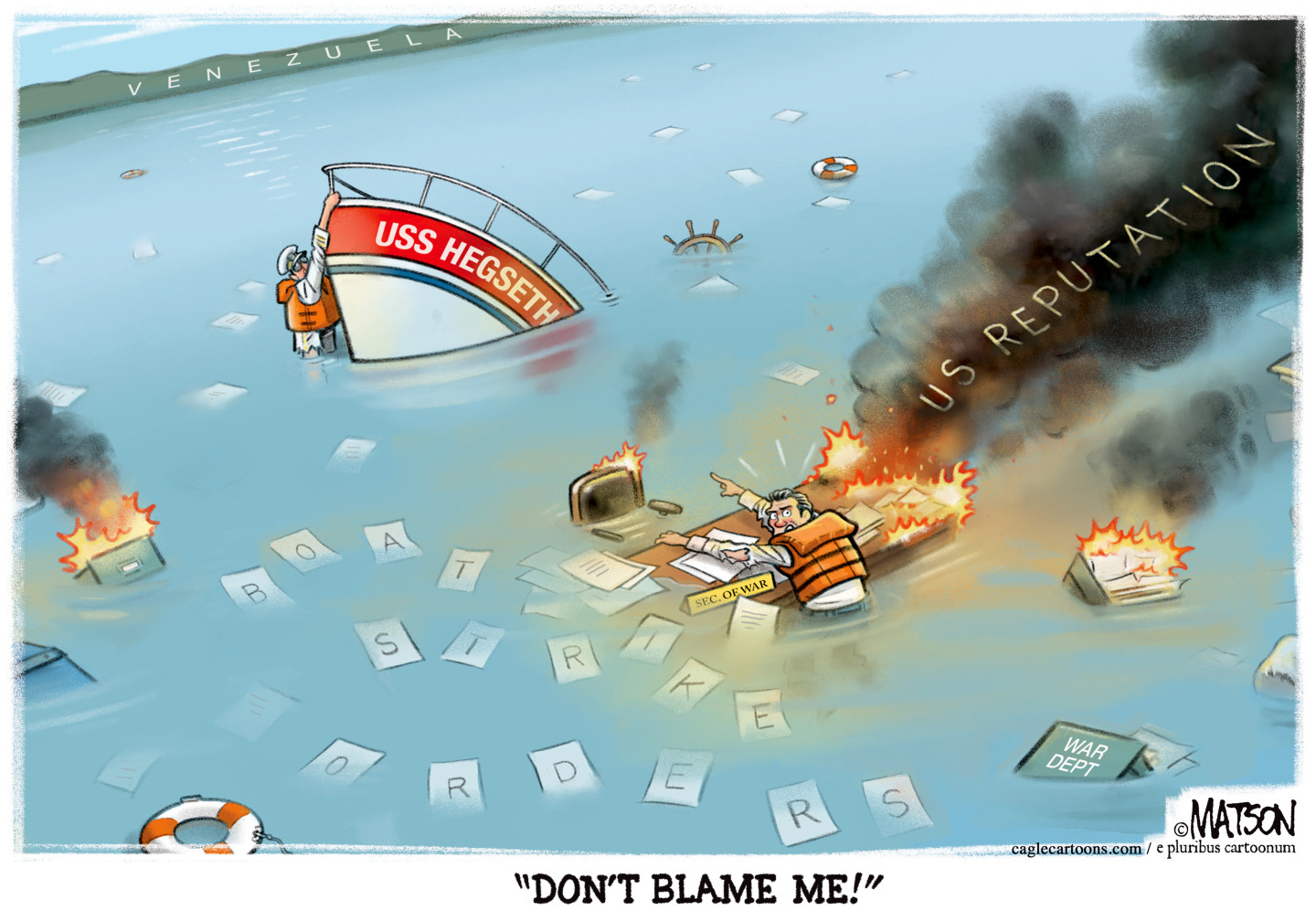Africa’s devastating AIDS epidemic
The world’s wealthiest nations may create an international fund of up to $10 billion to pay for the treatment and prevention of AIDS in the Third World, particularly in Africa. Why are these nations considering this unprecedented step?
How bad is the AIDS crisis in Africa?
It is catastrophic. Of the 36 million people in the world infected with HIV, the virus that causes AIDS, 25 million live in sub-Saharan Africa. The pandemic has orphaned millions of children and drastically reduced life expectancy. One recent study estimated that a baby born in Botswana will have a life expectancy of 29, unless the epidemic is stopped. Half the teenage boys in the sub-Saharan region are expected to contract AIDS during their lives. In South Africa, one in four adults already has HIV. Therapy to keep patients alive—widely available in rich nations—is available to less than 1 percent of Africa’s AIDS sufferers. As a point of perspective, consider that the Black Death (the bubonic plague) took 20 million European lives in the Middle Ages. So far, AIDS has killed 17 million Africans.
Isn’t anything being done?
The Week
Escape your echo chamber. Get the facts behind the news, plus analysis from multiple perspectives.

Sign up for The Week's Free Newsletters
From our morning news briefing to a weekly Good News Newsletter, get the best of The Week delivered directly to your inbox.
From our morning news briefing to a weekly Good News Newsletter, get the best of The Week delivered directly to your inbox.
Yes, but most experts believe it’s not nearly enough. About $1 billion is being spent annually on AIDS programs in developing countries. U.N. Secretary-General Kofi Annan has called for a global trust fund to combat the disease. He says it will take $7 billion to $10 billion every year to get the world’s AIDS sufferers the treatment they need. A group of Harvard researchers and others have proposed that the world’s wealthiest countries ante up and pay into such a fund, to help buy medicine and get it to patients. The U.S. Senate has passed a budget resolution to allot $1 billion over the next two years for international AIDS spending. But the fight against the disease in the poorest and hardest-hit areas will have to start almost from scratch. Most sub-Saharan countries can only afford to spend a few dollars per citizen a year on public health.
What are the drugs and what do they do?
They are known as anti-retroviral drugs, and they essentially block HIV from reproducing in the body, greatly delaying the onset of AIDS. The most popular of these drugs are Crixivan and Stocrin, produced by Merck, and Zerit and Videx, produced by Bristol-Myers Squibb. These drugs, along with several other less powerful anti-retrovirals, are taken in different combinations of three, commonly called an AIDS cocktail.
What sparked South Africa’s controversy over AIDS drugs?
A free daily email with the biggest news stories of the day – and the best features from TheWeek.com
Fewer than 2 percent of HIV-infected South Africans are taking an AIDS cocktail, partly because of the drugs’ cost. The current price of an AIDS cocktail in the U.S. is about $10,000 a year per patient. The average South African makes $2,500 a year. Activists demanded that drugmakers help provide life-prolonging drugs for the nearly 5 million South Africans infected with the virus. They asked that the companies slash prices, or allow other manufacturers to produce cheaper, generic forms of the drugs. Makers of generic drugs say they can produce a cocktail for about $230 per patient a year. Merck and Bristol-Myers, the two largest producers of the AIDS drugs, agreed to lower prices. But when South Africa considered buying generic drugs from countries like India and Brazil, 39 of the world’s largest drug companies filed a lawsuit against the government.
Why did the drug companies fight?
The pharmaceutical giants spent millions on research to come up with the drug recipes. They argued that South Africa would be violating their internationally recognized intellectual-property rights by importing generics. South Africa signed the Agreement on Trade-Related Aspects of Intellectual Property Rights. This eight-year-old agreement binds countries to enforce drug patents, although there is a provision that allows countries to bypass the regulation in times of crisis. Recently, the drug companies dropped their lawsuit. Activists declared the move a victory for patients too poor to pay for the drugs. Some critics, however, warned this would cut into pharmaceutical companies’ profits and discourage them from investing in research on an AIDS vaccine.
Will South Africans now have access to cheap drugs?
Not necessarily. The South African government announced shortly after its legal victory that it had not yet decided whether to buy the drugs at all. The government said even cheap drugs are prohibitively expensive. Besides, said Health Minister Manto Tshabalala-Msimang, the drugs are dangerous, and too complicated to manage for them to be readily included in government health programs. The AIDS cocktails involve the use of several drugs at the same time, taken at precise intervals. For the time being, the government plans to stick with its current program of stressing nutrition and quick treatment of infections. Critics say that even though a reduced price would enable more people to afford the medicine, South Africa and most other sub-Saharan countries don’t have enough clinics, doctors, and nurses. Another problem, some warn, is that cheaply produced generic drugs may not work properly.
Have any developing countries had success fighting AIDS?
Yes. Uganda has made progress with a combination of prevention and drug treatment. A particularly successful part of the country’s attack was the use of the drug AZT, which cut by about half the number of mothers who passed on the disease to their babies during childbirth. In 1986, 30 percent of the country’s population was infected. By 1999, that figure had fallen to 14.5 percent. Brazil, too, has made strides, using such common programs as education and condom distribution. The country also decided to use its own labs to make generic forms of AIDS drugs, which the government then distributed for free. Nearly 100,000 of the country’s 540,000 infected patients take an AIDS cocktail. AIDS deaths in Brazil have been cut in half.
Are drug companies gouging the sick?
-
 5 criminally underrated cartoons about Pete Hegseth’s war crime
5 criminally underrated cartoons about Pete Hegseth’s war crimeCartoon Artists take on USS Hegseth, rats leaving the sinking ship, and more
-
 Can Mike Johnson keep his job?
Can Mike Johnson keep his job?Today's Big Question GOP women come after the House leader
-
 A postapocalyptic trip to Sin City, a peek inside Taylor Swift’s “Eras” tour, and an explicit hockey romance in December TV
A postapocalyptic trip to Sin City, a peek inside Taylor Swift’s “Eras” tour, and an explicit hockey romance in December TVthe week recommends This month’s new television releases include ‘Fallout,’ ‘Taylor Swift: The End Of An Era’ and ‘Heated Rivalry’